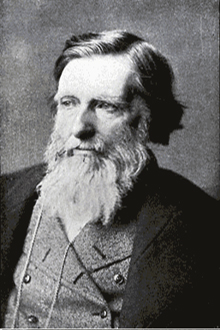
John Ruskin. The Seven Lamps of Architecture (coll. part)
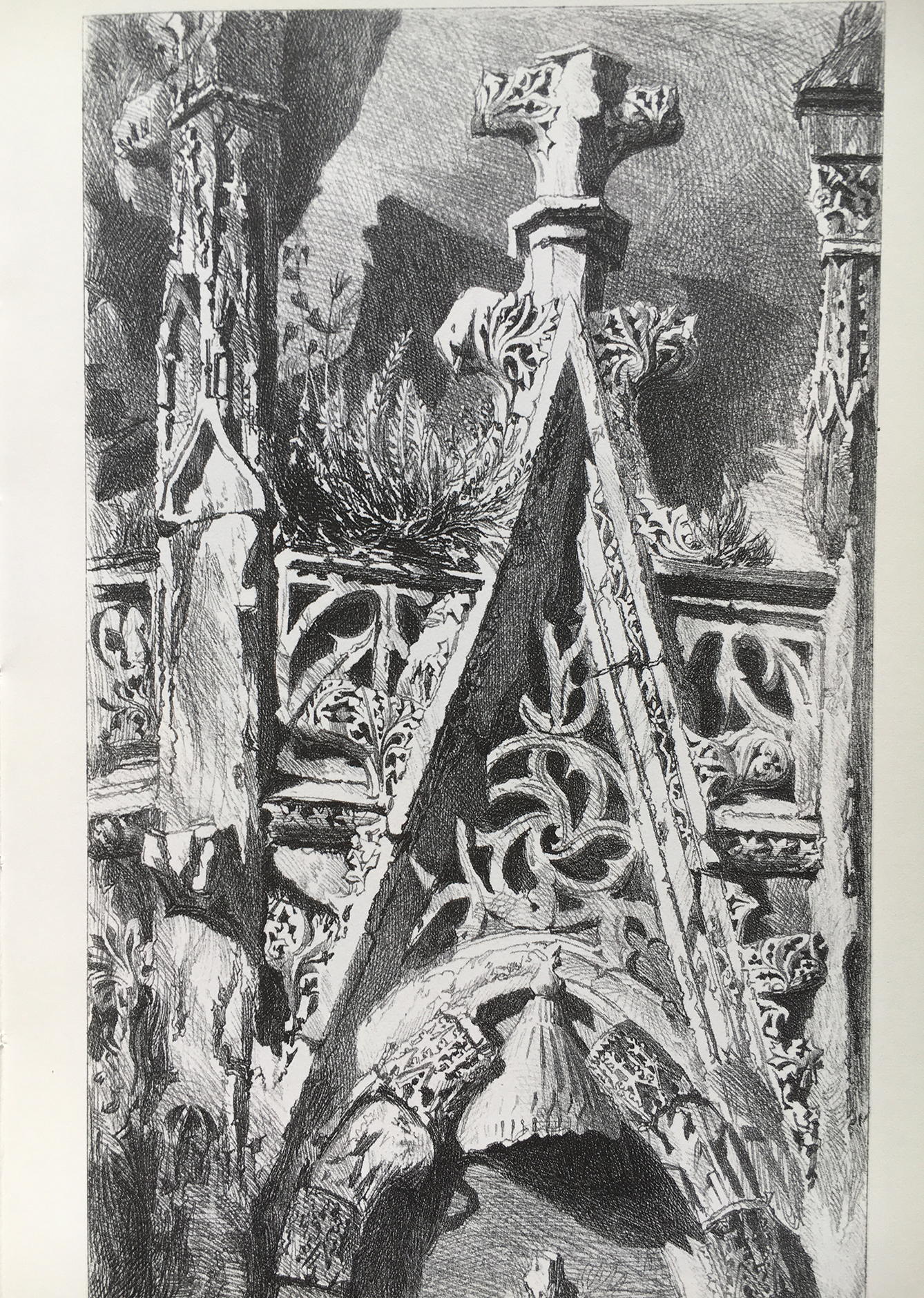
John Ruskin. Drawing of a gothic gable © Google
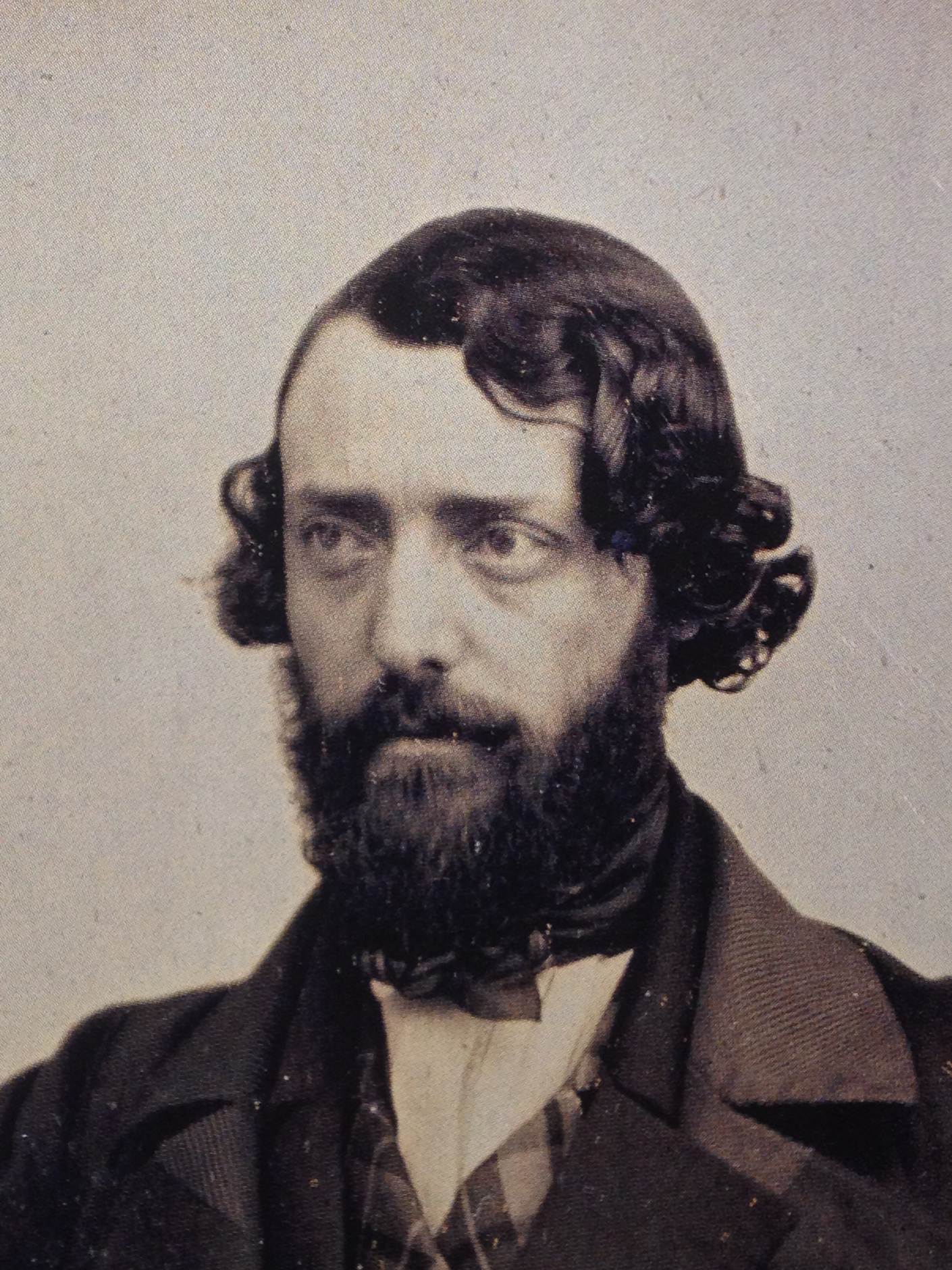
Eugène Viollet-le-Duc in 1844 © Médiathèque de l'architecture et du patrimoine MAP
Doctrine: Viollet-le-Duc and Ruskin
Benjamin Mouton
Controversy?
Viollet-le-Duc was an architect, John Ruskin a painter, each deeply attached to architectural heritage. Their "controversy" reveals this difference of view.
For Ruskin, it is imperative to preserve historical material without damaging it even if the building must disappear. "The preservation of monuments of the past is not a mere matter of convenience or sentiment. We do not have the right to touch them". For Viollet-le-Duc, it is a question of preserving the building from its degradation, and of ensuring its survival by the maintenance and the restoration.
Both condemned clumsy restorations and incompetent practitioners. In reality, there was a real appreciation:
"My dear boy, there is only one valuable book on architecture, and it contains everything with rectitude: it is the dictionary of Monsieur Viollet-le-Duc... my books are historical and sentimental, and quite proper in their way..." John Ruskin to a young man, March 2, 1887.
The doctrine of Viollet-le-Duc
The article "restoration" in Viollet-le-Duc's "dictionary" begins with: "To restore a building is not to maintain it, repair it or remake it, it is to re-establish it in a complete state which may never have existed".
But read on:
Each case is particular: "When monuments of a certain period have been repaired on various occasions", should one "restore the disturbed unity of style, or reproduce the whole exactly with the later modifications? The absolute adoption of one of the two parties can offer dangers and it is necessary on the contrary to act because of the particular circumstances". Viollet-le-Duc is not dogmatic but pragmatic.
Principle of harmony and integration "If it is a question of remaking with nine of the portions of monument of which it does not remain any trace... it is then that the architect charged of a restoration must penetrate well the proper style of the monument whose restoration is entrusted to him". It is a question of "integration" and "harmony".
Primacy of architectural analysis "There is, in restoration, a dominant principle from which one must never and under any pretext deviate, it is to take into account any trace indicating a layout. To decide on a disposition a priori without having surrounded oneself with all the information that must dictate it, is to fall into hypothesis, and nothing is as perilous as hypothesis in restoration work".
The key word of Viollet-le-Duc:
". .. the best thing is to put ourselves in the place of the primitive architect, and to suppose what he would do if, returning to the world, we asked him the programs that are asked of us.
A premonitory rigor
Viollet-le-Duc claimed a rigorous analysis of the structural and architectural data, privileging the architectural value to the historical value. He imposed on himself the understanding of the initial project of the architect, and the contributions of his successors. He anticipates the modern "critical conservation", and the concepts of harmony, the refusal of the hypothesis, bring it closer to the Charter of Venice and the contemporary doctrines.
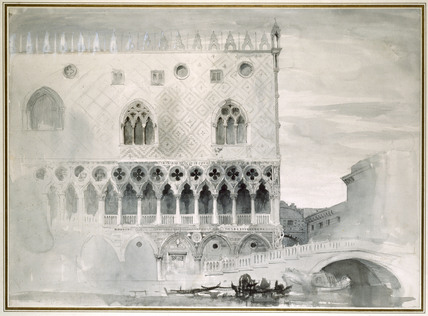
John Ruskin, Venice, Doge's Palace © Ashmolean Museum, Oxford
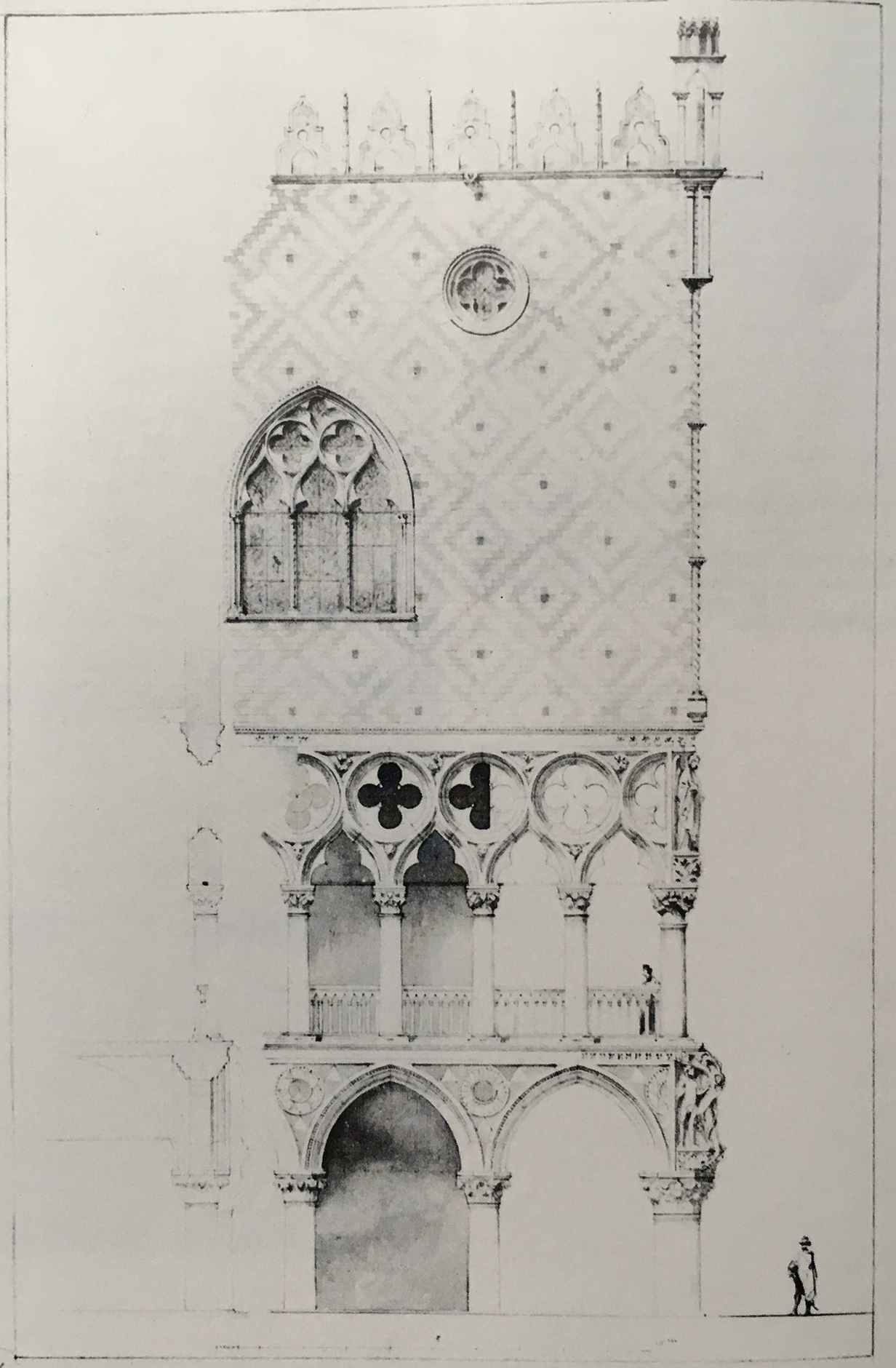
Viollet-le-Duc, Venice, Doge's Palace © MAP
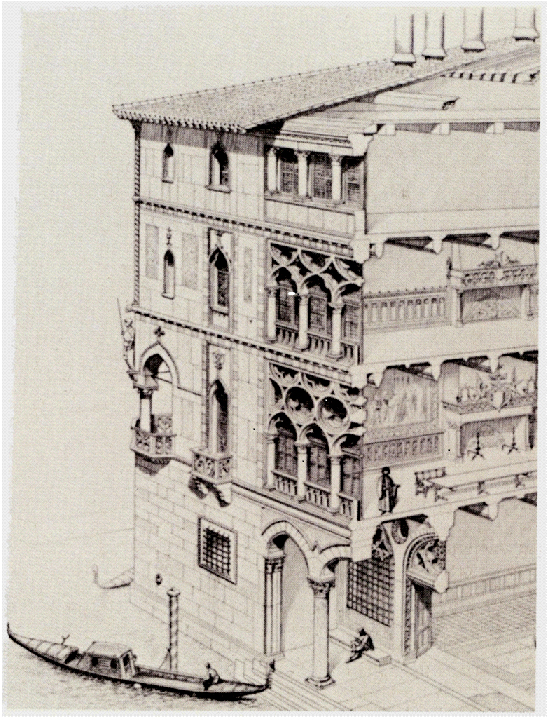
Viollet-le-Duc. Constructive study of a Venetian palace © MAP
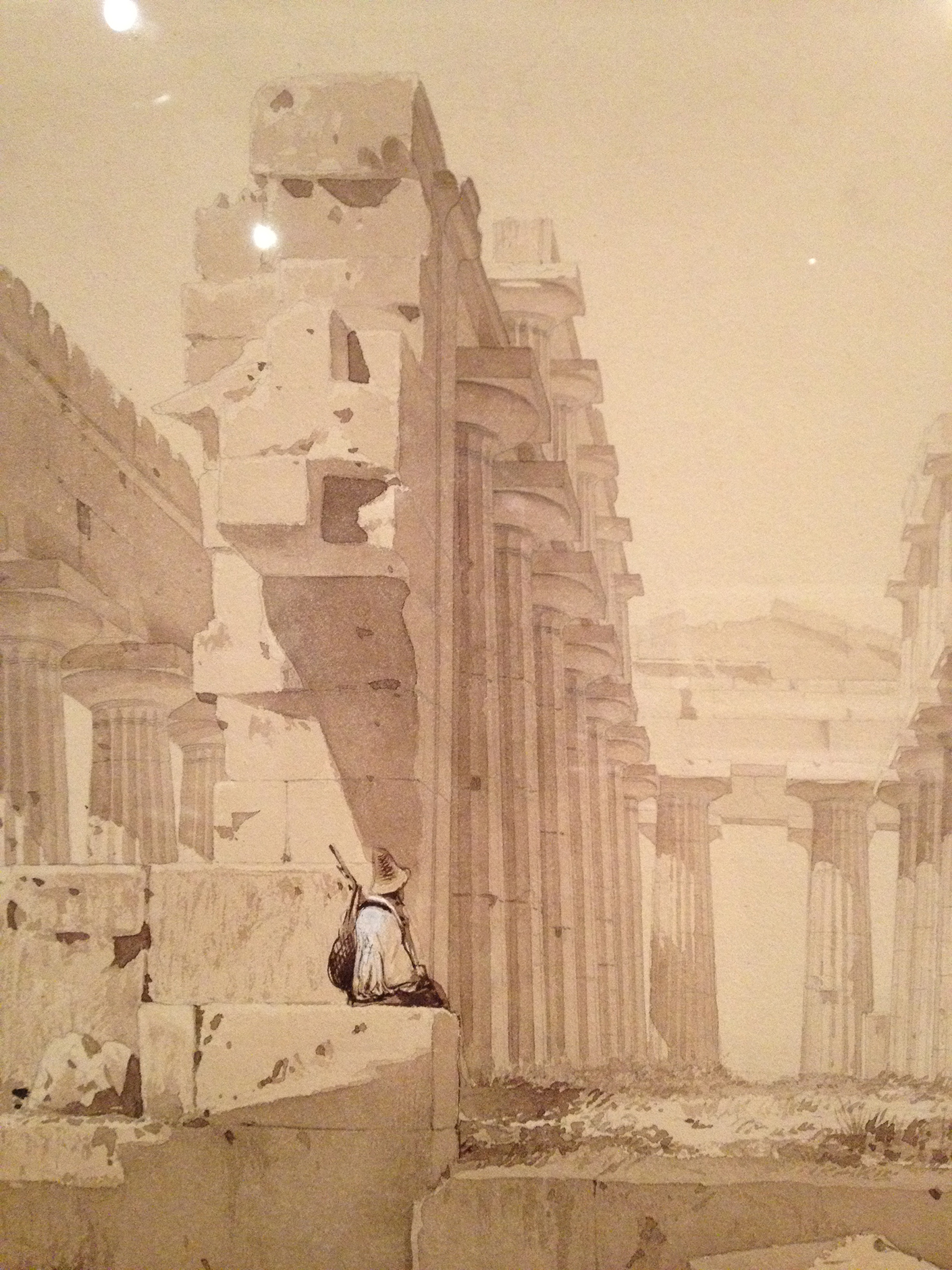
Viollet-le-Duc. Temple of Paestum, 1836 © Musée d'Orsay
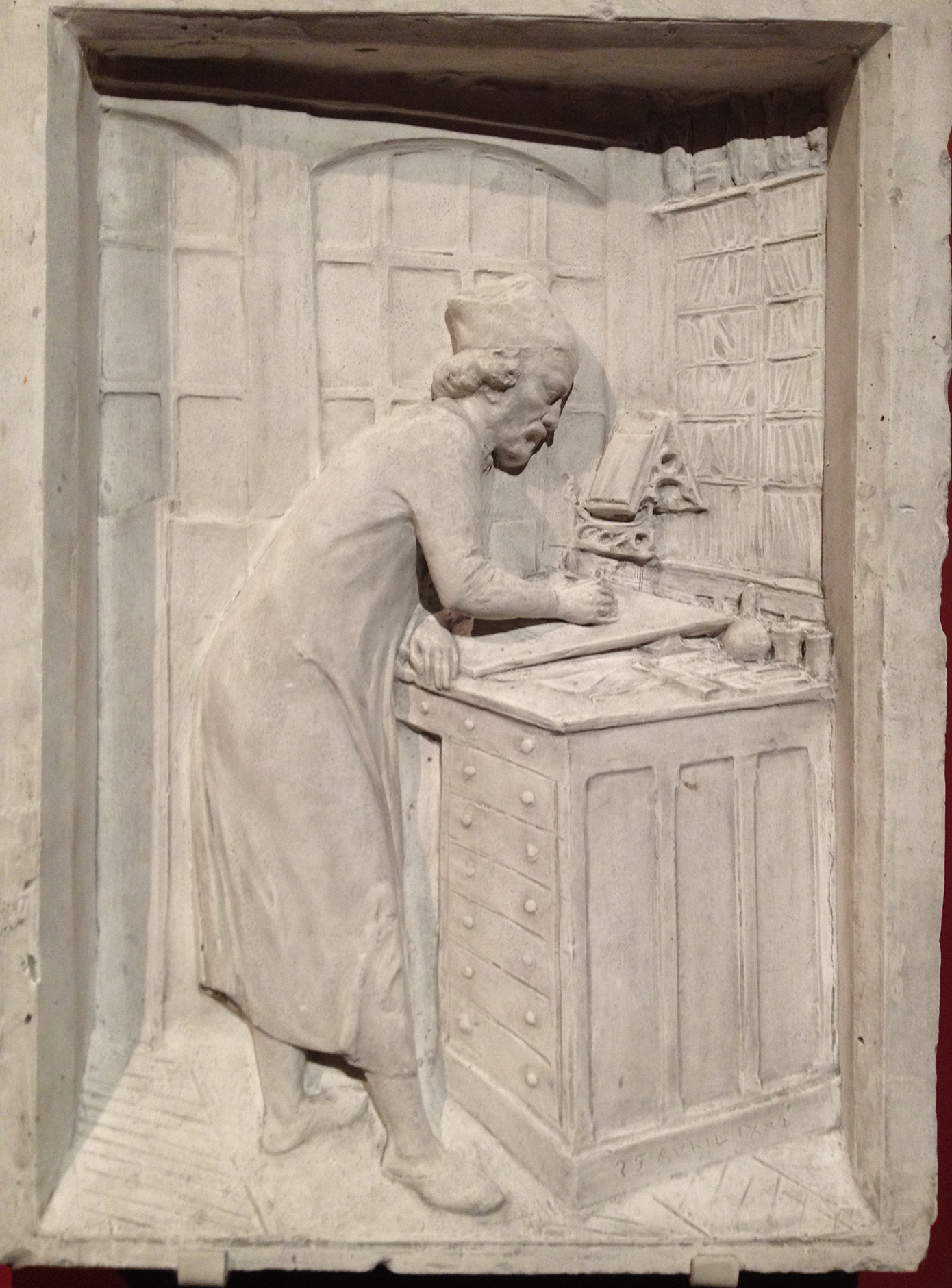
Viollet-le-Duc at his work table, Geoffroy-Dechaume, 1880 © CAP

